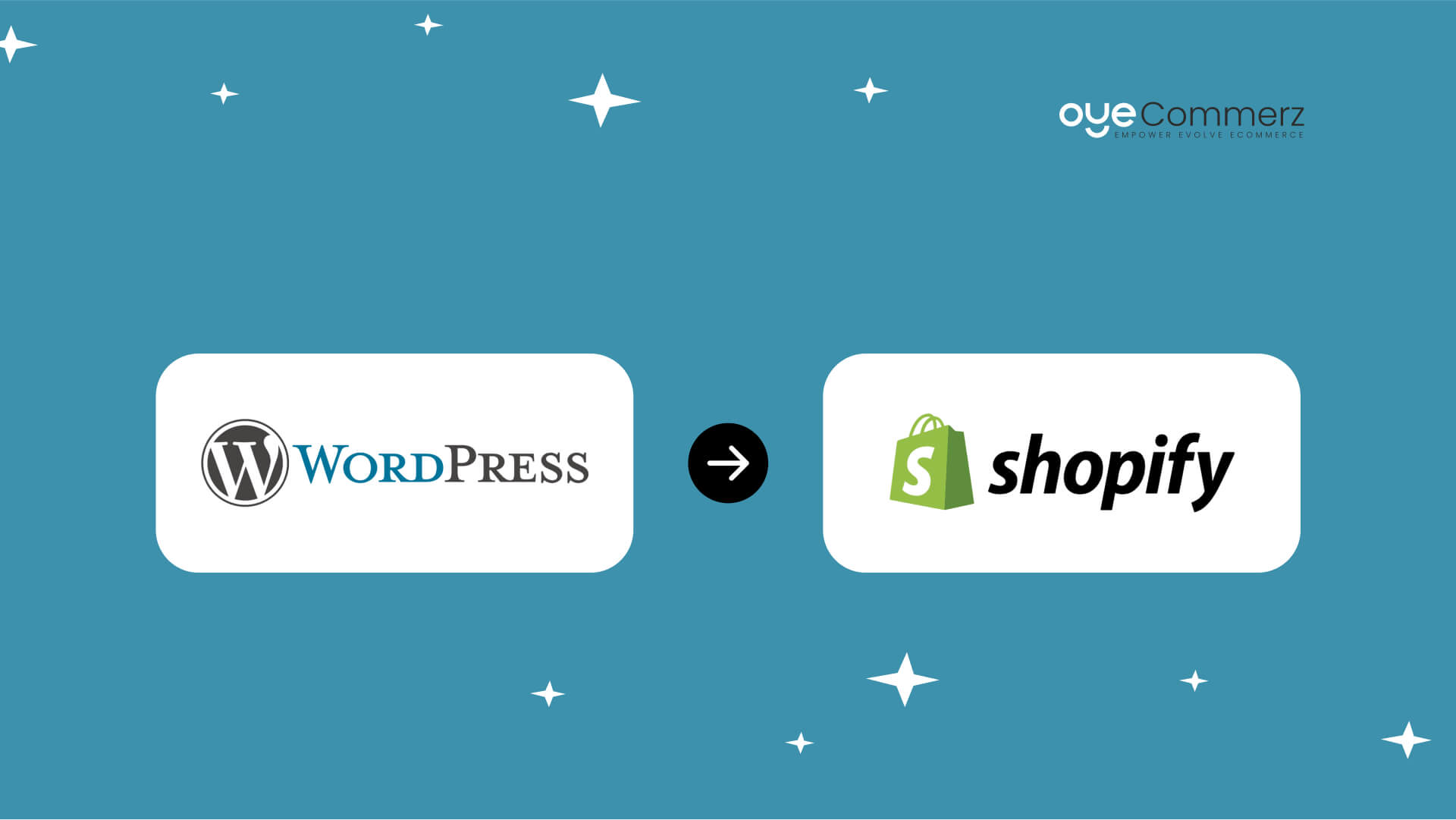An e-commerce platform's success is defined by its scalability, adaptability, and ability to offer seamless experiences to customers.
Considering a move from WordPress to Shopify? You’re probably seeking advanced features, better scalability, and a forward-thinking platform.
This guide outlines the essential steps, strategies, and insights to ensure your migration to Shopify is successful and disruption-free.
Introduction: Why Migrate from WordPress to Shopify?
While WordPress offers versatility, its reliance on multiple plugins often creates hurdles for scaling.
Built for e-commerce, Shopify delivers unmatched security, scalability, and tools tailored to retailers.
With over 4.5 million e-commerce websites using Shopify globally in 2024, it is a dominant force in the industry.
Migrating to Shopify brings advantages such as streamlined order processing, advanced payment features, and better mobile responsiveness.
Here’s your ultimate step-by-step guide to ensure a smooth transition.
Step 1: Evaluate Your Online Store's Requirements
Begin with a detailed assessment of your store’s strengths, weaknesses, and goals.
Highlight limitations like slow loading speeds or plugin dependencies that hinder scalability.
With tools like Shopify Payments and flexible themes, Shopify minimizes the need for external plugins.
Step 2: Create a Migration Plan
Without proper planning, your migration might result in errors or unnecessary business interruptions.
Ensure a smooth transition by focusing on key areas like product inventory, customer data, and order history.
Utilize Shopify’s migration features and compatible apps to ensure safe data transfer and minimal disruption.
Step 3: Customize Your Shopify Store
Shopify’s flexible themes allow you to reflect your brand identity seamlessly.
Choose from Shopify’s professionally designed themes or edit them to fit your needs.
Premium themes like “Impulse” and “Prestige” offer advanced features and mobile-friendly designs.
Shopify Plus offers tailored theme development for businesses seeking unique designs.
Oyecommerz provides expert WordPress to Shopify migration Shopify Plus customization services to elevate enterprise branding.
Step 4: Safeguard Your Search Engine Optimization
Retaining your SEO framework during migration prevents search traffic declines.
Shopify offers URL redirection to ensure that your visitors land on the right pages.
Use Shopify’s built-in SEO tools to manage metadata and connect analytics platforms.
Failure to handle SEO settings correctly can cause a temporary loss of web traffic.
Step 5: Leverage Shopify’s App Ecosystem
Shopify’s extensive app ecosystem offers tools to enhance store functionality and optimize performance.
Apps like Klaviyo for email marketing and Yotpo for customer reviews can transform your customer engagement strategy.
Oyecommerz offers Shopify API services to integrate advanced tools and streamline processes.
Let Oyecommerz connect third-party solutions to your Shopify store for smoother operations.
Step 6: Ensure Mobile-Friendliness
In 2024, mobile devices account for nearly 60% of online transactions, making optimization essential.
Shopify’s responsive themes ensure your store looks great and functions smoothly on mobile.
Simplify the checkout process for mobile users with Shopify’s secure payment tools like Shop Pay.
With optimized navigation and fast loading times, your store can thrive in the mobile-first era.
Step 7: Prepare Your Team for Shopify
While Shopify’s interface is user-friendly, training your team ensures a smoother transition.
Familiarize your employees with Shopify’s dashboard, product management, and reporting functions.
Well-trained staff can make the most of Shopify’s features, improving overall store efficiency.
Step 8: Conduct Thorough Pre-Launch Testing
Run thorough checks on your Shopify store to address potential problems before it goes live.
Check for broken links, missing redirects, and accurate product details.
Test your payment systems and confirm the checkout process works seamlessly across platforms.
Testing ensures your store is customer-ready, leaving no room for errors on launch day.
Step 9: Promote Your Migration Strategically
A successful migration is a great opportunity to engage and excite your audience.
Send personalized emails and post updates on social media to announce your improved store.
Showcase features like faster load times and a secure checkout to build trust and excitement.
Conclusion: Shopify – The Key to E-Commerce Growth
Switching to Shopify is not just Shopify migration process a migration; it’s a leap toward long-term success.
From scalability to intuitive tools, Shopify equips your store to thrive in competitive markets.
Whether you’re a startup seeking simplicity or an enterprise requiring advanced capabilities, Shopify delivers.
Partnering with Oyecommerz ensures a smooth migration with minimal disruption to your operations.
Our Shopify migration services help unlock your store’s full potential while ensuring a hassle-free experience.
Ready to elevate your e-commerce strategy with Shopify? Let’s discuss your journey to success.
